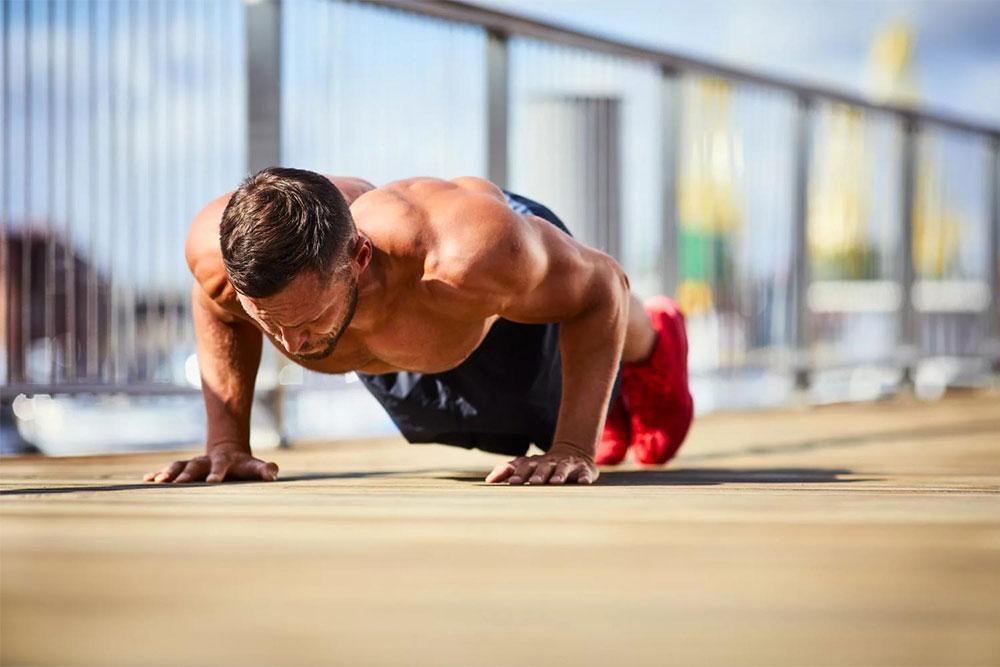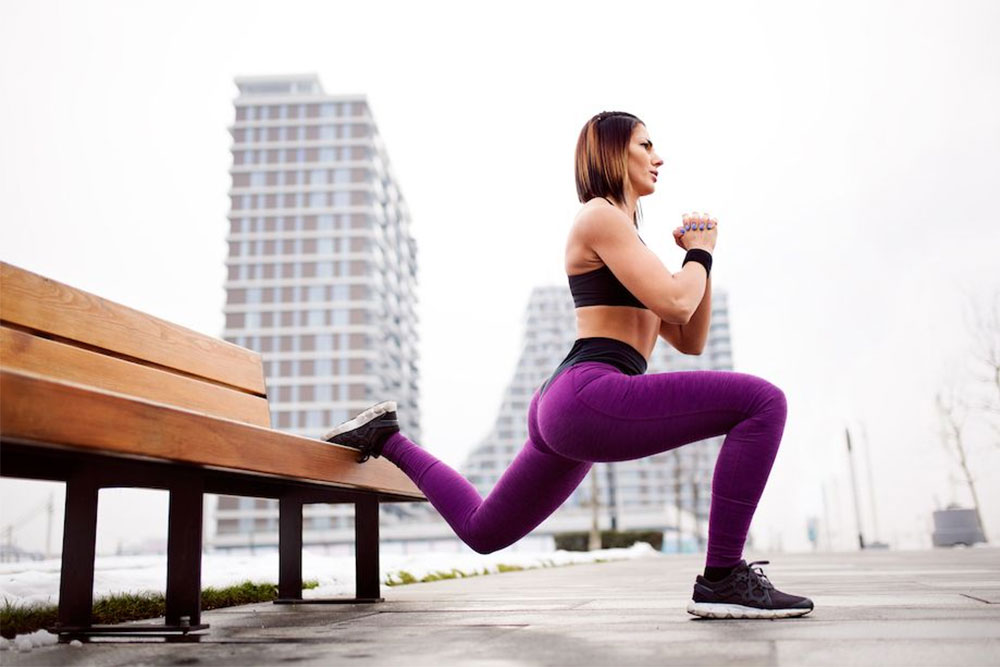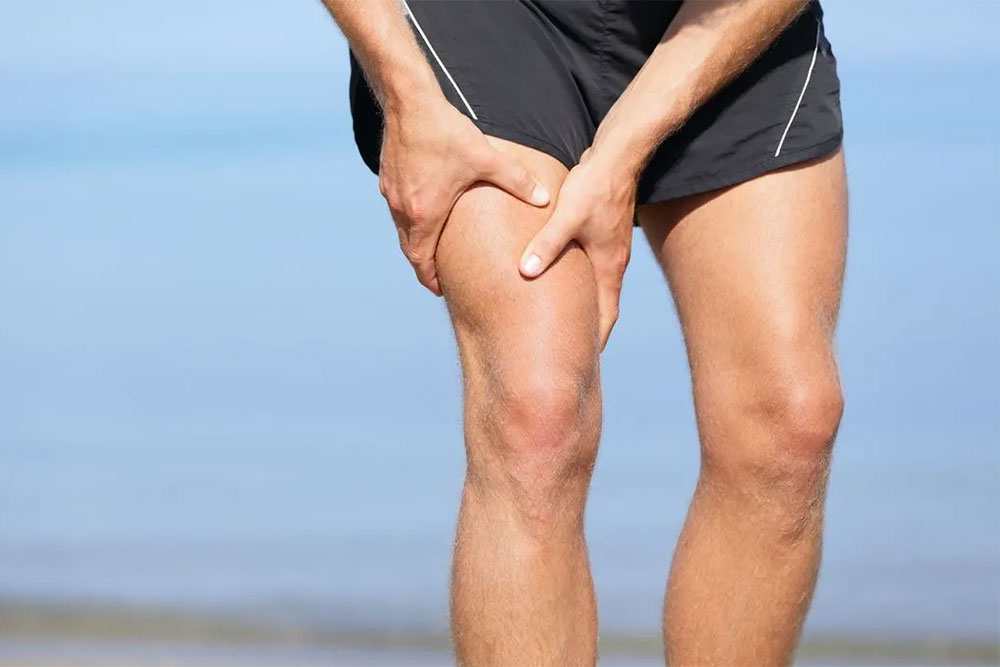Push-ups are a classic upper body exercise that not only helps strengthen muscles, but also develops endurance and strength. In this article, we’ll look at what specific muscles are used when doing push-ups and how this exercise benefits your body.
- Pectoral muscles (chest muscles)
One of the main muscle groups working during push-ups is the pectoral muscles. These muscles include the pectoralis major muscle (pectoralis muscle), which is located in the front of the chest. The pectoral muscles are activated as you lift and lower your body during push-ups. Developing your pectoral muscles helps create a stronger, more defined upper body.
- Shoulder muscles (deltoid muscles).
The deltoids, or shoulder muscles, are also heavily recruited during push-ups. These muscles are located on the top of the shoulder and provide support and stability during exercise. They are activated by flexion and extension of the shoulder joints and help strengthen the upper back and shoulders.
- Triceps (muscles on the back of the upper arm)
Push-ups are also a great way to exercise your triceps, the muscles that are located on the back of your upper arm. The triceps are activated by extending the elbows while lifting the body. Strengthening your triceps can give your arms a more toned and firm appearance.
- Shoulder girdle and back muscles
To keep the body in a straight line during push-ups, the muscles of the shoulder girdle and upper back are activated. These muscles work as stabilizers, ensuring the correct position of the body and preventing it from sagging.
- Abdominal muscles (rectus abdominalis)
Although push-ups are primarily an upper-body exercise, the abdominal muscles are also activated to keep the body in a straight line and provide stability. This helps strengthen your core and maintain correct posture during the exercise.
Benefits of push-ups
- Increasing upper body strength: Push-ups help build strength and endurance in the chest, shoulders, and triceps.
- Improving shoulder structure: Regular push-ups help develop the shoulder girdle, making your shoulders wider and stronger.
- Maintain a healthy back: The muscles of the upper back are strengthened, which promotes correct posture and prevents back pain.
- Core Training: The abdominal muscles are activated to keep the body in a straight line, which helps strengthen the core.
- Improves overall physical endurance: Push-ups develop upper body endurance and promote overall physical activity.
Push-ups can be adapted to a variety of fitness levels, making them accessible to both beginners and advanced athletes. Regular push-ups in your workout routine will help strengthen your upper body and improve your overall fitness.




